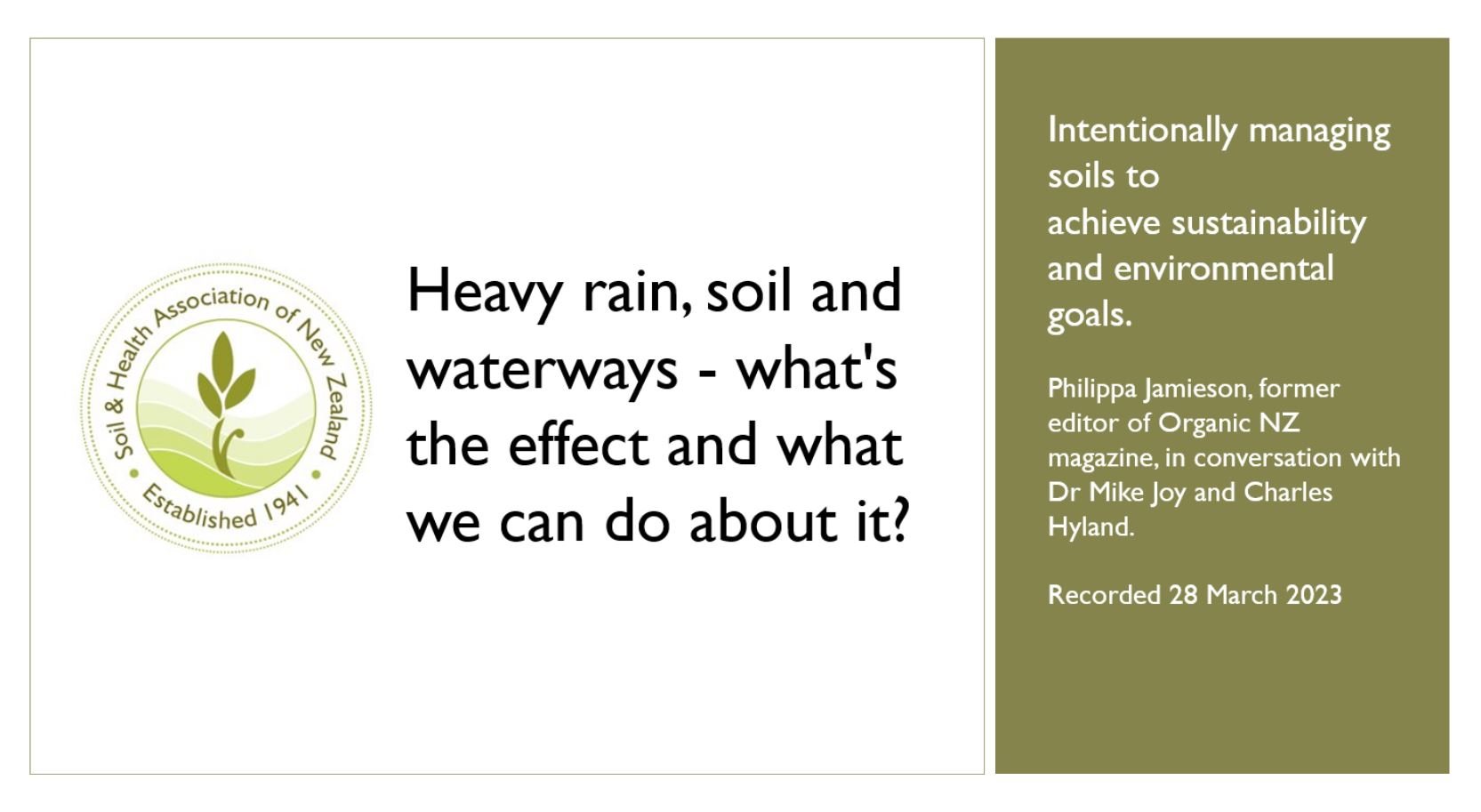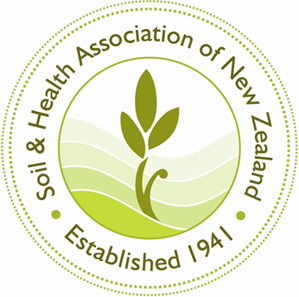

Introduction
GE Free New Zealand in Food and Environment and the Soil & Health Association of New Zealand (“we” and “the submitters”) welcome the opportunity to comment on the application A1139 Food derived from Potato Lines F10, J3, W8, X17 & Y8 (“Application”).
GE Free New Zealand in Food and Environment (“GE Free NZ”) is an Incorporated Society. It is a non-Governmental Organisation governed by a Board and has a nationwide membership base. It represents its members when making submissions and helps with gathering and disseminating information concerning genetically modified organisms (“GMO”) to its members and the wider public through regular newsletters and its website (www.gefree.org.nz).
The Soil & Health Association of New Zealand Inc. (“Soil & Health”) is a charitable society registered under the Incorporated Societies Act 1908. It is the largest membership organization supporting organic food and farming in New Zealand and is one of the oldest organic organisations in the world, established in 1941. Soil & Health’s objectives are to promote sustainable organic agricultural practices and the principles of good health based on sound nutrition and the maxim: “Healthy soil, healthy food, healthy people”. Its membership is chiefly composed of home gardeners and consumers, organic farmers and growers, secondary producers, retailers and restaurateurs. Soil & Health publishes the bi-monthly ‘Organic NZ’ magazine – New Zealand’s leading organics magazine.
We recommend that FSANZ decline the Application. We submit FSANZ cannot approve the potato lines in the Application without a serious breach of its duty of care as well as the principles of its own mission statement.
We note that there are insufficient data on both the sprays and novel proteins detailed in the Application.
We note that FSANZ’s legal requirements as stated in its mission statement are:
To protect, in collaboration with others, the health and safety of people in Australia and New Zealand through the maintenance of a safe food supply.
FSANZ Values are:
- To be impartial, open and accountable;
- To use the best available sciences and evidence to guide decision-making; and
- To seek, respect and be responsive to the issues raised by others.
FSANZ Responsibilities are:
- Provide information to consumers to enable better consumer choice;
- Undertake dietary exposure modeling and scientific risk assessments; and
- Provide risk assessment advice on imported food.
We have read the assessments for this Application and consider that FSANZ have led stake holders and consumers astray. We outline our concerns below.
Detailed submission
It is illegal to import viable GE plants or plant parts into New Zealand. Potato plants can readily regenerate from even small parts of raw tubers, therefore making any raw imported GE potatoes equivalent to live GE plant material. This will endanger the biosecurity status of New Zealand. It would be illegal to approve the entry of these GE potatoes/potato pieces into the country.
Not labeling GE-containing foods at the point of sale is a breach of consumer rights. The lack of labeling of GE potatoes sold in any form by restaurants is deceptive, as consumers will be unaware of this. FSANZ should support rather than oppose the enforcement and monitoring of compliance around GE food labeling.
No independent food safety experiments have been carried out on these GE potato lines. Instead FSANZ has relied on data from within the GE industry, i.e., the applicant data. This shows that FSANZ has not been impartial, open or accountable to the public. FSANZ has not required that any independent experimental food safety assessments be undertaken on these potatoes. It can therefore not provide advice on the safety of these imported potato lines, such advice being its core responsibility.
The executive summary of the FSANZ evaluation reads:
The changes to levels of free amino acids and reducing sugars are not nutritionally consequential as they do not affect the levels of essential amino acids or other key nutrients important to potato.
This statement assumes that any changes in the amino acids, free or otherwise, do not affect the levels of all other compounds present in the GE potatoes. The amino acid glutamine, for example, plays an important role in maintaining a healthy immune system, digestive tract and muscle cells. Any changes to amino acid balance may cause alterations to the assimilation of other amino acids. Studies have shown glutamine to reduce morbidity and mortality in periods of critical illness. [1] This demonstrates that any changes to endogenous amino acid levels should not be ignored.
Statement on Compositional analyses:
A detailed compositional analysis was performed on W8, X17, Y9, F10 and J3 to establish the nutritional adequacy of tubers produced from these lines and to characterise any unintended compositional change. Analyses were done of proximates, fibre, vitamins, minerals, total amino acids, free amino acids, sucrose, reducing sugars (fructose and glucose), and anti-nutrients (glycoalkaloids). These showed that, even with the intended changes to sucrose, reducing sugars and asparagine, the levels of all analytes fell within the natural variation found across the range of conventional potato lines used for human consumption. No conclusion could be reached in relation to line E56 as no compositional data was provided. (iii)
The changes in concentrations of glutamine and asparagine in the GE potato lines may be of some concern. Altered levels of asparagine can result in complications in fetal development, causing brain and neurological problems.[2]
There are concerns over the meaning of “biological relevant differences” as stated in the summary document:
Analysis of the events W8, X17, and Y9 have not revealed any biologically relevant differences compared to the conventional varieties, except for the intended late blight protection, low free asparagine, low reducing sugars, and low polyphenol oxidase activity.
Assuming “biologically relevant differences” translates as food safety, there are no feeding studies to back up this statement, so such assumptions are unable to be made.
Published research on GE potatoes has shown unexpected harmful effects on animals fed with these crops. A 1999 study (Ewen and Puzstai) conducted on rats fed with transgenic potatoes found that abnormalities occurred in the gastrointestinal tract (small intestine and caecum) within a short time.[3] This study found that the GE potatoes caused gut abnormalities with or without (an ‘empty construct’) the lectin gene. Lectin is a harmless insecticidal compound produced by a number of plants. The authors concluded that:
“(b)ecause caecal thickness was similar in rats given boiled parent potatoes in the presence or absence of spiked GNA (a harmless lectin from the plant species Galanthus nivalis), we suggest that the decrease in caecal mucosal thickness seen in rats fed boiled GM-potato diets was the consequence of the transfer of the GNA gene into the potato.”
These GE potatoes were not subsequently commercialised.
Similar results were obtained in feeding experiments using GE potatoes by Fares et al.[4] , who found that there were changes to the mucosal lining and other cells of the ileum of mice. They called for comprehensive feeding tests to avoid any potential risks:
“Although transgenic crop plants used in food and feed production carry different beneficial transgenes… before releasing for marketing thorough tests and all possible consequences of these new types of heredity and new genetic structures must be evaluated to avoid any potential risks”
A 2007 study showed that the consumption of GE potatoes has been observed to cause an increase in immunoglobulin (Ig) levels in human participants.[5]
This is cause for concern, as antibody levels may well have increased as a result of novel proteins present in the GE food.
These afore-mentioned studies are but three of many published studies on the harmful effects of GE foods. Please refer to the submission of the Physicians and Scientists for Global Responsibility (PSGR) for a more comprehensive list of publications on the harmful effects of GE crops, as observed in feeding experiments.
The obligation of FSANZ is to make themselves aware of such studies and treat all GE foods as potentially harmful. It would be completely irresponsible to allow these potatoes onto the market. Feeding studies need to be conducted on the GE potato lines in this application before the potatoes are released. This will determine whether these lines have negative health impacts, or even life threatening responses, such as an allergic reaction.
Changes in Metabolites
Cellini et al. (2004) reported widespread changes to metabolite levels, both expected and unexpected in GE potato lines. They recommended that data analysis tools need to be used.[6]
A study of potato metabolite production has found that field-grown vs laboratory-grown potato tubers showed a tenfold and greater differences across a range of compounds.[7] The potatoes with modified sucrose metabolism or inhibited starch synthesis revealed unexpected disaccharides (trehalose, maltose and isomaltose).[8] Such changes in metabolites cannot be overlooked, when assessing this application.
A particular cause for concern is that FSANZ has deemed the six GE potato lines in this application as “safe”, when there is no compositional data on one line E56.
Applicant data to APHIS[9]
We have outlined the comments from the data provided to APHIS about the potatoes.
7.3 Soft root testing with tubers
Of the events in that trial (E12, E24, F10, J3, J55, and J78), the only significant difference was that event F10 was more resistant to this disease than the control. (APHIS p.46)
Late blight foliage testing
Considering both studies, we conclude that the events have similar susceptibility to bacterial soft rot as the controls. (APHIS, p.46)
7.4 Reducing Sugars.
Tubers of the events G11, H37, and H50 contain the same amount of reducing sugars as tubers of their untransformed (non-GE) counterparts. The inability of the silencing construct to limit glucose/fructose formation in H37 and H50 may be due to the fact that the H variety is naturally low in glucose and fructose. Thus, we concluded that silencing of the promoters associated with the PhL/R1 genes effectively lowered reducing sugars near the time of harvest in most events but these differences were not sustained throughout storage for 2-5 months”. (APHIS,p. 47)
Disease susceptibility – Appendix 8
Thus, independent lines of two chipping varieties and two French fry varieties with low Ppo expression in tubers were shown to have similar susceptibility to bacterial soft rot to the corresponding untransformed control for each variety.
Considerations
The APHIS document on the GE potatoes details some significant differences in the compositions between the GE lines and non-GE controls. These GE potatoes are of no nutritional benefit to consumers and could contain higher levels of anti-nutrients.
FSANZ has overlooked three fundamental issues, when allowing this application to proceed:
- There are currently non-GE potato varieties available that are ideal for chipping and processing .
In section 2.4.3 of the application it states that the applicant has indicated that reduced blackspot bruising of these GE potato lines can reduce wastage during storage and processing, and that the potatoes are resistant to the fungal disease known as foliar late blight. There are already several non-GE varieties of blight-resistant potatoes (including ‘Waneta’ and ‘Lamoka’), which have been released by plant breeders from the University of Cornell (US). These varieties are ideal for chips, because they store very well and produce a good colour when cut 9. The Cornell breeding programme develops chipping and tabletop varieties, focussing on colour, size, shape, texture and disease- and pest-resistance.
- New Zealand has a range of excellent climates and soils in which to grow these non-GE varieties of potatoes. This would support NZ growers and potato processing plants. Furthermore, the importation of potato products from the other side of the world, is an unnecessary source of carbon emissions that will contribute to what is already a major world problem.
- Acrylamide production can be reduced by the use of sensible cooking methods. There is much information available on this topic.
Conclusions
We ask that FSANZ decline approval of A1139.
- An adequate risk assessment and evaluation of the effect/s of novel genes/proteins and subsequent changes in the A1139 potato lines has not been carried out.
- No independent feeding test risk assessments have been undertaken or evaluated by FSANZ.
- The Applicant information provided on safety is insufficient and lacking up to date metabolic profiling using proteomic testing for entry into the food chain.
- The lack of information does not allow the consumer to make informed decisions and removes consumer choice
- By not allowing for labeling of A1139, FSANZ has not provided information to consumers that will enable better consumer choice.
- The assessment has no information about any novel protein/s, which may have been produced during the GE process.
- There is a lack of scientific data necessary to protect and maintain a safe food supply for the health and safety of people in Australia and New Zealand.
The best available science has not been used to properly guide decision-making.
- The reliance on applicant’s data has not shown impartiality, openness and accountability.
[1] Lacey, J., & Wilmore, D. (2009). Is Glutamine a Conditionally Essential Amino Acid?. Nutrition Reviews, 48(8), 297-309.
[2] Ruzzo,E., Capo-Chichi, J., Ben-Zeev., Chitayat, D., Mao, H., & Pappas,A. et al. (2013). Deficiency Asparagine Synthetase Causes Congenital Microcephaly and a Progressive Form of Encephalopathy. Neuron, 80(2), 429-441.
[3] Ewen, S., & Pusztai, A. (1999). Effect of diets containing genetically modified potatoes expressing Galanthus nivalis lectin on rat small intestine. The Lancet, 354(9187), 1353-1354.
[4] Fares, N., & El-Sayed, A. (1998). Fine Structural Changes in the Ileum of Mice Fed on δ-Endotoxin-Treated Potatoes and Transgenic Potatoes. Natural Toxins, 6(6), 219-233.
[5] Tacket, C. O. (2007). Plant-Based Vaccines Against Diarrheal Diseases. Transactions of the American Clinical and Climatological Association, 118, 79–87
[6] Cellini, F., Chesson, A., Colquhoun, I., Constable, A., Davies, H., & Engel, K. et al. (2004). Unintended effects and their detection in genetically modified crops. Food And Chemical Toxicology, 42(7), 1089-1125.
[7] Roessner, U., Wagner, C., Kopka, J., Tretheway, N., Willmitzer, L., 2000. Simultaneous analysis of metabolites in potato tubers by gas chromatography-mass spectrometry. Plant Journal 23, 131–142.
[8] Acrylamide Potential and Reduced Black Spot Bruise: Events E12 and E24 (Russet Burbank); F10 and F37 (Ranger Russet); J3, J55, and J78 (Atlantic); G11 (G); H37and H50 (H) – 2013 https://www.aphis.usda.gov/brs/aphisdocs/13_02201p.pdf
[9] www.isaa.org/kc/cropbiotechupdate/article/default.asp?ID=7422










